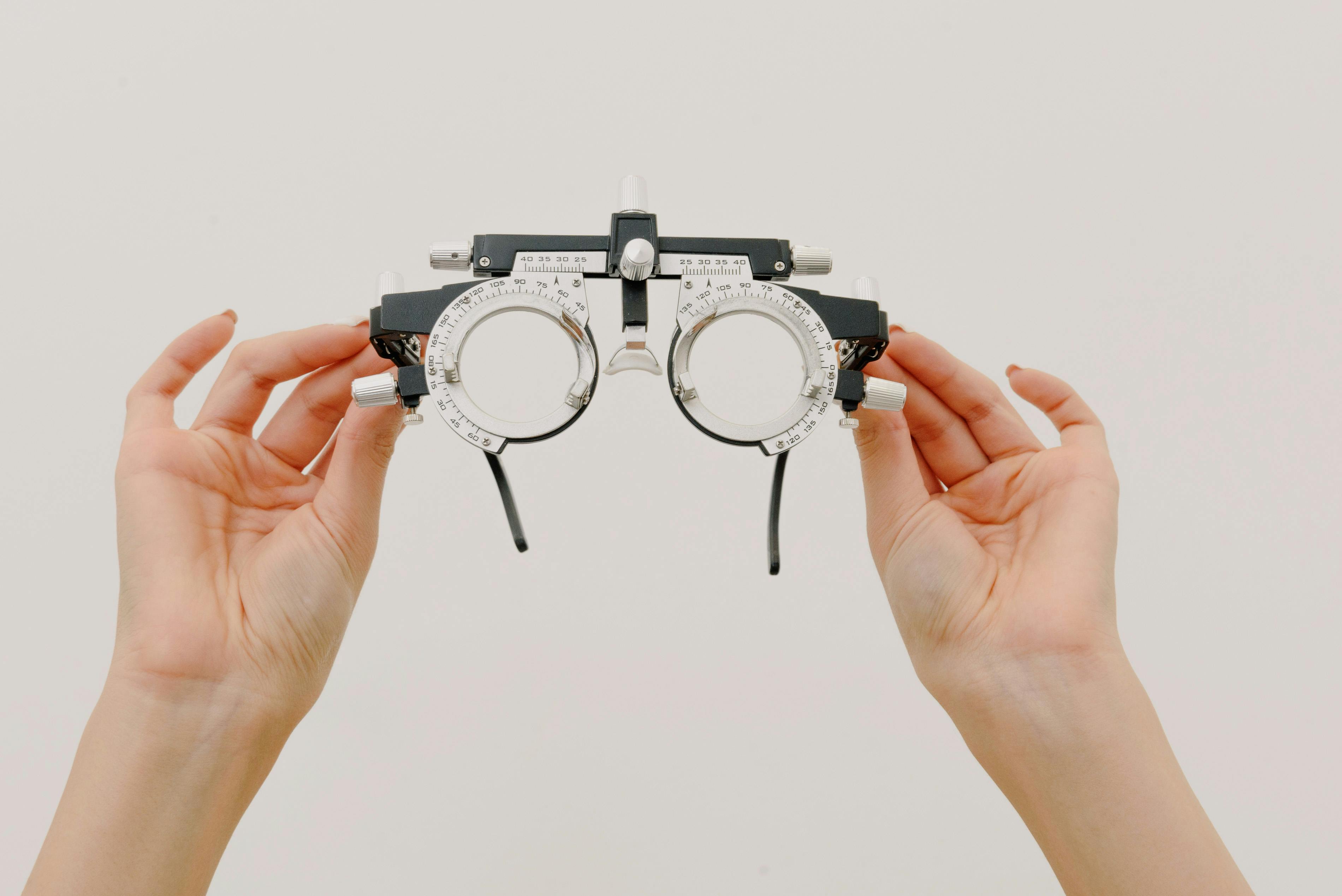Is your personal trainer qualified? How experienced are they? How can you know before you commit to a long-term deal? These are all questions that clients looking to hire a personal trainer have or should have.
Personal trainers have a great responsibility on their hands as they “instruct” their clients on how to exercise safely and effectively. Personal training can also be a lucrative career, with some trainers charging as much or more than the consultation fees of doctors or lawyers.
It is unlikely that you would hire a lawyer or doctor strictly for heresy, popularity, or if it “looked like it,” but would instead spend a lot of time researching their credentials, background, and education. So why, if you’re going to pay a personal trainer the equivalent fees, should choosing an exercise professional be any different?
Rather than repeat the details of the typical “How to Choose a Personal Trainer” cliché, this article provides the lay consumer with just two useful pieces of information to help them decide how to choose a personal trainer.
Rate Trainer Ratings
A personal trainer is an exercise professional, so their credentials must prove it. Check to see if the trainer has had a formal education in exercise science, physiology or sports medicine.
Exercise is all about science and is firmly grounded in the fields of anatomy, physiology, and nutrition. Each field complements and builds on the other. Even the most experienced (or best trained!) personal trainer can’t fake knowledge he doesn’t have. A thorough understanding of these fields is essential for safe and effective exercise instruction and is unlikely to be obtained in a weekend or even a multi-week course of study.
The client looking to hire a personal trainer should also consult the certifying organization. Currently, the most respected credentials are offered by the NSCA (National Strength and Conditioning Association), NASM (National Academy of Sports Medicine), ACSM (American College of Sports Medicine), and ACE (American Council on Exercise).
Some certifying bodies, such as the NSCA, require that certain educational requirements be completed before taking the exam. One example is the NSCA Certified Strength and Conditioning Specialist (CSCS), which requires a bachelor’s degree in a related field to sit for the exam.
Rate trainer experience
An experienced and well-educated exercise professional can easily recognize others on a par with him simply by observing the way they work with their client and observing the client’s exercise technique.
But what about the casual jock who knows nothing about exercise or fitness? How can they discern the small details that give clues to a trainer’s experience and the quality of instruction? After all, certification just means that the personal trainer passed a written exam.
The answer is that it is very difficult for a layman to judge personal trainers based on simple observation, and as a result, they may rely too much on the opinion of others.
Don’t get me wrong, there is nothing more valuable to a personal trainer than a good reputation and “word of mouth,” but an informed consumer looking for a quality fitness professional needs to do a little more homework.
While there may be dozens of time-consuming and complicated ways to assess the quality and instructional experience of a personal trainer, this article outlines a single test that will give a client a basic idea before committing to a contract or agreement. A client should not feel embarrassed or scared to use this test; It is the client’s full right and privilege to meet and consult with the trainer before making a long-term or contractual commitment.
The importance of the squat
The squat is a highly functional movement that mimics everyday tasks like lifting up and coming out of a seated position. The squat is also quite a complex movement to both learn and teach and must be performed correctly with optimal technique to ensure safety and effectiveness.
Consider the importance of instructing safe technique in the squat. A loaded bar resting on a client’s back places them in a compromising position, opening the door to the possibility of a disabling injury. So a personal trainer must be particularly attentive to detail when his client performs such an exercise.
The squat test is a good means of roughly assessing the coach’s instructional ability and experience.
How can I use the squat test to rate my personal trainer?
If you can do it before you sign on with the trainer, try to observe him instructing other clients in performing a squat. Does the trainer carefully observe the client’s technique (in a mirror if he is looking) and offer suggestions if necessary or does he look around or out the window and appear indifferent? As I mentioned, a squat can be a dangerous exercise to perform, especially for the inexperienced exerciser, so attention to detail is essential here.
If you can’t observe the personal trainer’s technique beforehand, request a free consultation and during this time ask him or her to instruct you in performing a bodyweight squat (even if you hate squats and never plan to do them as part of a workout). . exercise routine, ask the trainer to observe his technique and offer suggestions such as a barbell loaded squat).
In any situation, if the observed client’s technique demonstrates the following indicators, or if the personal trainer confidently mentions most or all of them, it indicates a good working knowledge of how to teach and ensure correct squat form and safety.
If the trainer passes the squat test, the experience and skill demonstrated will likely carry over to the instruction of other exercises as well.
Here are some of the most important tips for safe and effective back squat performance:
The bar rests on a platform base for the lower neck and shoulders.
· Feet shoulder-width and hip-width apart and very slightly turned out; heels should only be placed on blocks if the instructor observes the heels lift off the floor at the decent (tight calf muscles)
The lifter inhales before the descent and holds the breath (kudos if the instructor mentions avoiding the “Valsalva Maneuver”* here)
Legs “bend” under control, like “sitting in a chair”
· As the knees bend, they remain directly in line with the toes and do not move past the toes
The spine remains straight and very close to vertical throughout the movement (a slight “hole” in the lower back is allowed, but it is essential that the upper back does not “round”)
Chest stays up and out (bonus points if instructor mentions looking straight ahead or slightly up to prevent rounding of spine)
The back of the head remains roughly parallel to a vertical line from the back of the heels, which lie flat on the ground.
The bar follows a nearly vertical line throughout the movement as you “press through your heels.”
Client exhales through the “sticking point” **
(Your flexibility may limit the performance of a perfect squat, but the tips still apply.)
While a client should consider the other attributes of a personal trainer, such as personality and rapport, it is important to have some means of measuring their experience and credentials before making the decision to commit to a contract or long-term agreement. Hopefully this article has provided some very basic information to make the lay fitness consumer a bit more “in the know”.
* Valsalva Maneuver – when a lifter “holds his breath” and pushes against a closed glottis. This maneuver is acceptable for experienced lifters, but performing it leads to large increases in blood pressure and chest cavity compression.
** Sticking Point: The transition point between descending into the squat and ascending out of it.



